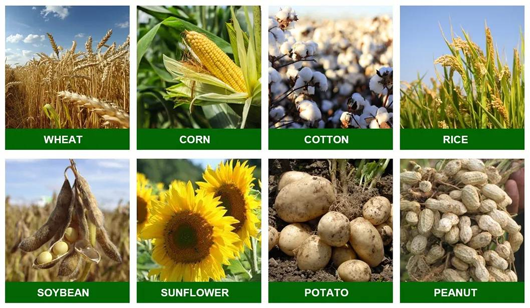News
QUICK NAVIGATION
CONTACT US

Ammonium sulphate (chemical formula: (NH ₄) ₂ SO ₄) is a commonly used nitrogen fertilizer with a nitrogen content of about 20% -21% and a sulfur content of 24%. It is suitable for sulfur deficient soils and various crops. It has good water solubility and fast fertilizer efficiency, and is widely used in agricultural production.
1. Basic characteristics of ammonium sulphate:
1). Main components:
Nitrogen (N) content: 20% -21% (ammonium nitrogen)
Sulfur (S) content: 24% (in the form of sulphate ions)
2). Physical properties
Appearance: White or off white crystalline particles
Solubility: Easy to dissolve in water, low moisture absorption, but may clump if stored for a long time.
Stability: Stable at room temperature, releases ammonia gas (NH3) when exposed to alkaline substances (such as lime and plant ash), resulting in nitrogen loss.
3). Characteristics of fertilizer efficiency:
Quick acting: After being applied to the soil, ammonium ions (NH ₄⁺) can be directly absorbed by crops, and the fertilizer efficiency is fast.
Physiological acidity: Long term application may cause soil acidification, and it needs to be combined with organic fertilizer or lime to regulate
Sulfur nutrition: supplement sulfur elements, promote protein synthesis, and improve crop quality.
2. Suitable for crops and soil
Suitable for crops with high nitrogen requirements, such as rice, wheat, corn, sugarcane, etc.
Sulfur loving crops include rapeseed, garlic, onions, beans, tobacco, tea, etc.
Vegetables include cabbage, spinach, tomatoes, cucumbers, etc.
Suitable for neutral or slightly alkaline soil (pH 6.5-7.5), suitable for short-term use in sulfur deficient soil (southern red soil, sandy soil, etc.), not suitable for long-term use in acidic soil (needs to be adjusted with lime or organic fertilizer).
3. Application method:
Application time of base fertilizer: 7-10 days before sowing or transplanting Application method: after sowing, plow (depth 10-15 cm); Application rate of strip or hole application (reducing nitrogen volatilization): 150-300 kg/ha for field crops; Vegetables and fruit trees: 200-400 kg/ha
Application time of topdressing: During the peak growth period of crops (such as tillering stage, jointing stage, and before flowering), the application method is watering after spreading or covering the soil with tillage; Drip irrigation or flushing (application after dissolution) application rate: 1/3-1/23 of base fertilizer Combined application with other fertilizers and phosphorus and potassium fertilizers, such as superphosphate and potassium sulphate, to improve nutrient utilization efficiency. Mixed application with organic fertilizers to reduce soil acidification and improve fertilizer efficiency. Avoid mixing with alkaline fertilizers, such as plant ash, lime, and calcium magnesium phosphate fertilizers, to prevent ammonia volatilization.

